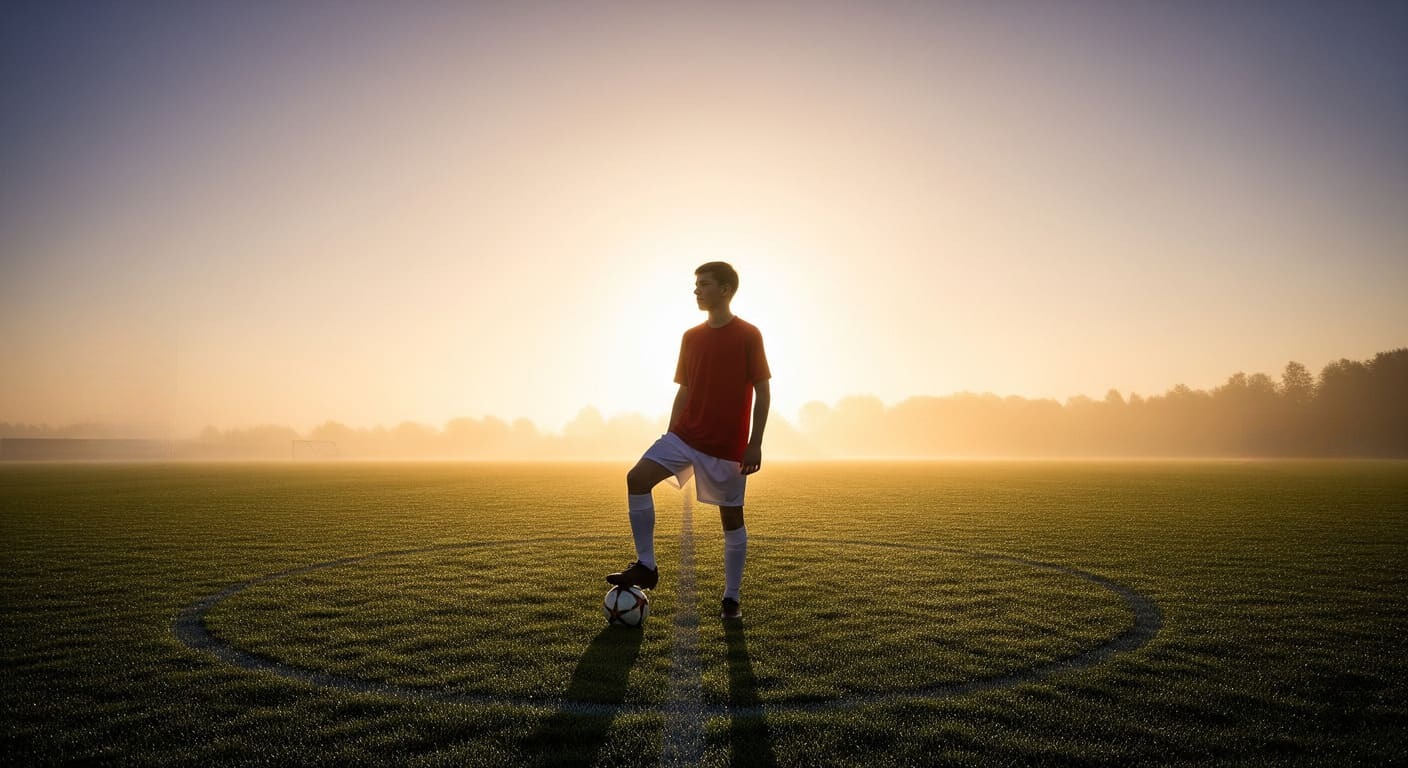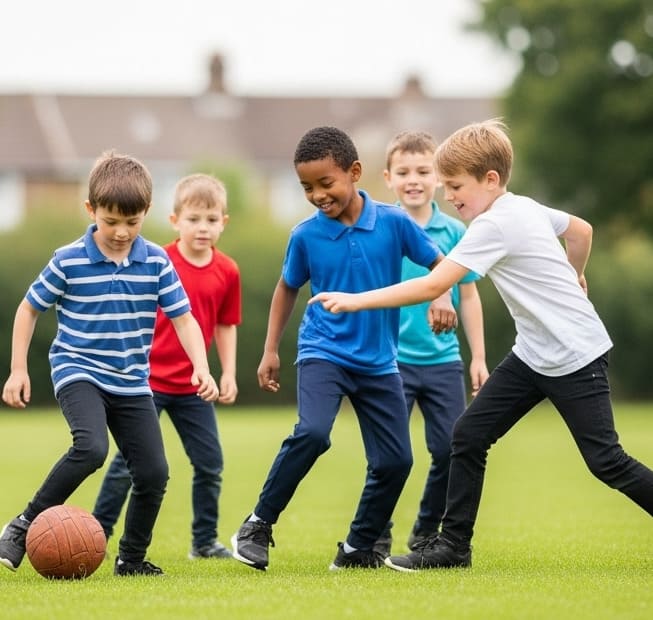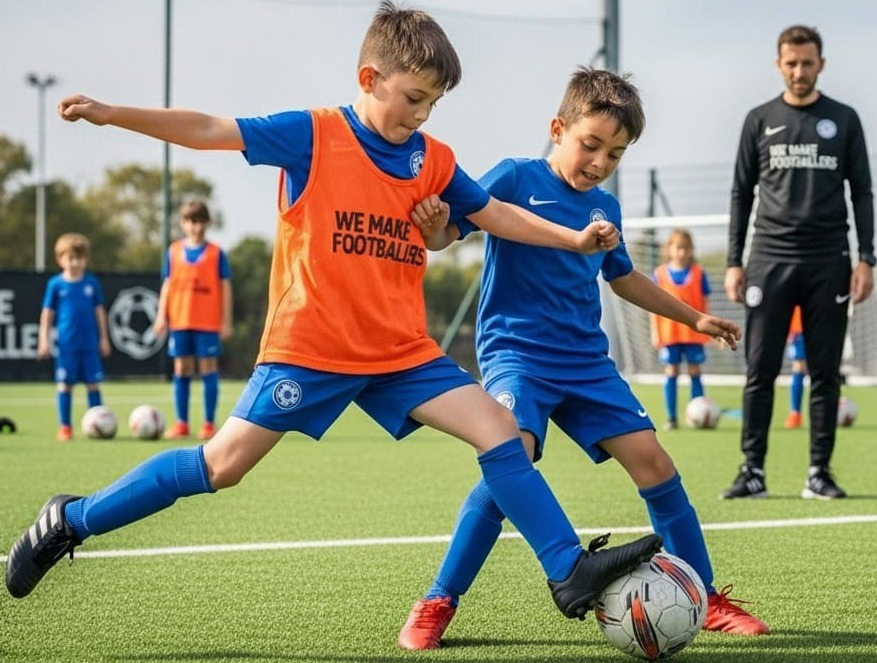Transitioning Between Youth Leagues in Football: What Every Player Needs to Know
Moving up from one age group to the next in football can feel like stepping onto a pitch with new rules, quicker games and more confident players. At We Make Footballers, we’ve supported thousands of young athletes through these transitions. Whether it’s entering a new team, joining a higher age bracket or preparing for academy-level play, the journey is both exciting and demanding. This guide breaks down the football progression pathway, outlines key challenges and gives practical steps to prepare for the next level with confidence and clarity.
Understanding the Football Progression Pathway in Youth Leagues
Most players begin their football experience with fun-focused learning: basic movement, simple passes and teamwork. As they grow, so do expectations. The football progression pathway moves players through structured stages: from foundation-level skills to advanced game understanding, positioning and physical conditioning. At We Make Footballers, our 39-week programme is designed to match this progression, offering a clear roadmap through development stages. Parents and players gain insight into trial preparation, age-appropriate goals and how performance programmes help bridge each stage with tailored support.
Key Challenges When Stepping Up in Youth Football
Transitioning to a higher league often means adjusting to faster play, greater intensity and more structured training. For many players, the game feels quicker not just physically, but mentally. Decisions must be made faster, communication becomes more important, and understanding space and timing is critical. At We Make Footballers, we prepare children with small-sided matches, fitness integration and guidance on how to thrive in competitive environments. While the step up can be challenging, it’s also a unique opportunity for players to develop resilience, adaptability and stronger game awareness.
Physical and Technical Demands of Adapting to New Youth League
Higher youth leagues place greater demands on players’ physical readiness and technical sharpness. Longer training sessions, tighter ball control and quicker transitions all become part of the experience. We Make Footballers integrates progressive drills that reflect real match conditions: tight dribbling under pressure, combination passing, and endurance-building activities. Coaches carefully monitor players’ readiness, ensuring they learn correct warm-up, stretching and recovery routines. This physical development goes hand-in-hand with technical refinement, giving each player the foundation to meet the new demands with confidence.
Mental and Psychological Adjustments for Youth Player Development
Stepping into a new age group also challenges a young player's mindset. From nerves before first matches to doubts about their role in the team, mental strength becomes key. At We Make Footballers, our coaches support players through confidence-building exercises, open dialogue and routine self-assessment. Players learn how to reflect after games, identify what went well and set manageable goals for improvement. Over time, these habits help build self-belief, emotional control and mental flexibility; skills just as important as ball mastery.

Preparing for the Next Stage Football Academy
Joining a next stage football academy requires preparation beyond the physical. Scouts often look for discipline, awareness and the ability to integrate into team dynamics under pressure. Players are encouraged to arrive prepared both mentally and logistically. At We Make Footballers, we help families understand what to expect: trial timelines, technical benchmarks, nutrition advice, and how to present confidently during sessions. From polishing first touches to preparing basic interview responses, readiness is not just about talent but about showing maturity, organisation and commitment to development.
Core Football Training for Higher League Success
Success at higher youth levels demands smarter, more focused training. We Make Footballers builds advanced drills into weekly training: shuttle drills for fitness, two-touch sequences for control and passing circuits under time pressure. We encourage young athletes to practise positioning, receive feedback from coaches and track personal progress using simple tools like weekly performance goals. These habits not only build better players but give them the structure needed to excel in more competitive settings. At this level, repetition, awareness and preparation make the difference.
Youth Football Transition Tips for Smooth Adaptation
Every player handles the jump differently, but a few key tips can smooth the transition. First, set specific short-term goals for each session. Second, speak openly with coaches about expectations and areas for improvement. Third, maintain balance - incorporate fun, informal play with friends. Fourth, protect recovery time with proper rest and nutrition. Fifth, review your performance, whether by video or journaling, to identify trends and progress. Finally, keep a strong support circle of family, teammates and coaches. With these steps, young players can move between leagues with greater ease and self-assurance.



